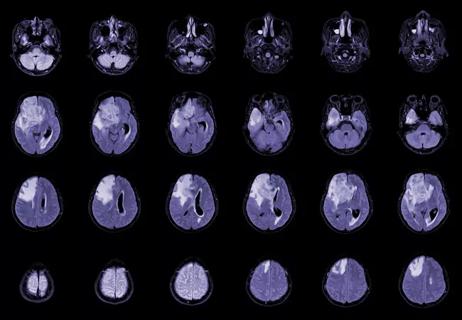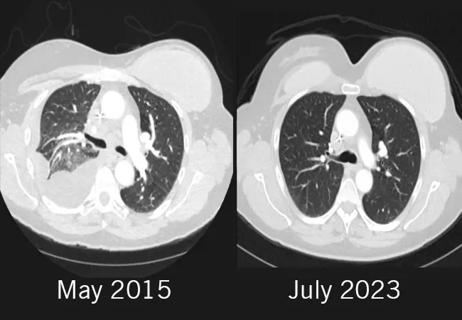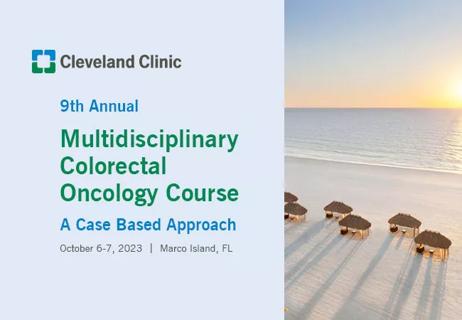Sustained success requires a cultural shift

Cleveland Clinic Cancer Center has made reducing the time from cancer diagnosis to treatment initiation a top priority. In four years, the multidisciplinary effort has decreased wait times by a remarkable 33%. Some patients are now able to begin chemotherapy or other treatment less than a week after their initial visit.
Advertisement
Cleveland Clinic is a non-profit academic medical center. Advertising on our site helps support our mission. We do not endorse non-Cleveland Clinic products or services. Policy
How did this happen? As Cleveland Clinic Taussig Cancer Institute Chairman Brian J. Bolwell, MD, FACP, and Department of Hematology and Medical Oncology Chairman Jame Abraham, MD, FACP, explain in their new ASCO Post column, cutting time to treat required a change in institutional mindset, addressing a myriad of potential process bottlenecks, and a commitment to treat every patient like a family member.
Like many comprehensive cancer centers, at Cleveland Clinic it is a priority to get patients in quickly for an initial consultation. Our average time to see a patient with a new diagnosis of cancer is less than 7 days. In many cases, we are able to get these new patients in just days later to begin treatment as well. How can we make this the standard for every patient? Over the past 3 years, we have experimented with this idea and reduced the average time to treatment by 33%, with the largest cancer programs (breast, colorectal, and lung) showing the greatest improvement in time to treatment.
To make this happen, we started at the top. Buy-in from leadership across all specialties was important, as it set the tone for the entire enterprise. As cancer program leaders and teams intensely focused on improving time to treatment, we examined hundreds of operational opportunities across all disciplines and worked together to create efficiencies, from coordinating clinic visits for patients to aligning OR times for breast surgeons and plastic surgeons. As the results of our improvements became clear, our caregivers started to understand the driving force. It wasn’t about the data; it was about improving care for our patients.
Read the full ASCO Post column by Drs. Bolwell and Abraham here.
Advertisement
Advertisement

Timing and type of side effects differ greatly from chemotherapy

Dedicated multidisciplinary teams support 84 ultra-rare cancers

Sessions explore treatment advances and multidisciplinary care

New research from Cleveland Clinic helps explain why these tumors are so refractory to treatment, and suggests new therapeutic avenues

Combination of olaparib and carboplatin results in complete durable response for a patient with BRCA2 and “BRCAness” mutations

Early communication between oncologists and ophthalmologist warranted

Case-based course delves into latest treatment approaches

Long-term relationship building and engagement key to gaining community trust